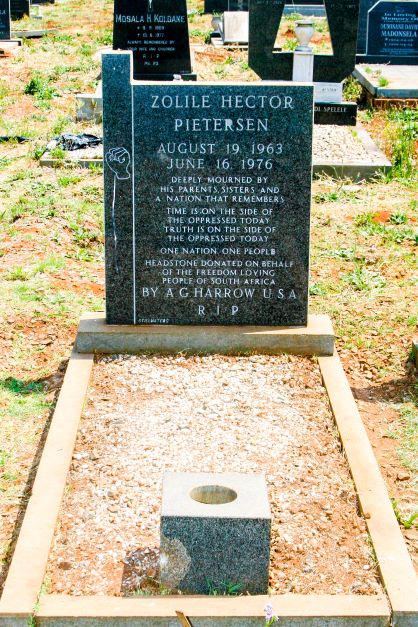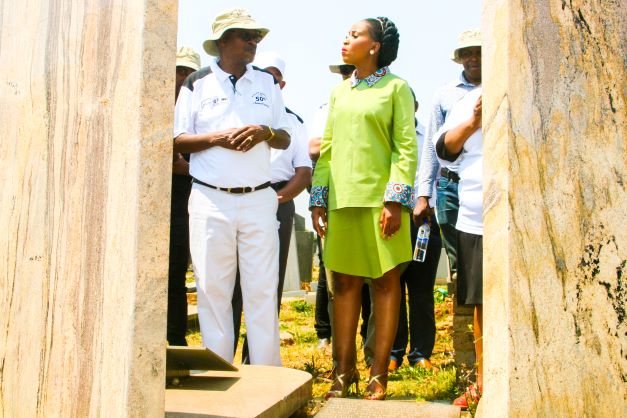MONDAY OF September 26, 2022 saw the observation of the 50th anniversary of the metropolis of Joburg’s second largest cemetery, namely, Avalon, by the Mayor of Johannesburg, Councillor Dr Mpho Phalatse along with residents of Greater Soweto.
Covering 172 hectares the site located between Klipspruit and Chiawelo had its genesis back in 1972 and is the resting place of illustrious societal figures such as political heavyweights such as Helen Joseph and Joe Slovo; June 16, 1976 Students Uprisings activists such as Tsietsi Mashinini and Khotso Seatlholo; one of the first victims of the students uprisings immortalized through photojournalist, Sam Nzima’s image, namely, Zolile Hector Pieterson; sporting heroes such as Vincent Tshabalala; socialites such as Godfrey Moloi; entertainers such as Jabu Khanyile and many beloved others from a cross section of society.
The concern of the Joburg municipality’s City Parks branch, the gravesite assumed prominence after a building holding burial records at Soweto’s first cemetery, Nancefield, burnt during the 1976 riots conflagration.
A section of the vast yard dotted with trees referred to as Heroes Acre interns the remains of a trio of uMkhonto we Sizwe cadres whose mortal remains were exhumed after the location of their initial burial was revealed through Truth and Reconciliation Commission findings in June 21, 1997.
The three, namely Lesetja Sexwale, Sureboy Dali and Thabiso Rakobo have an imposing headstone erected not far from where the grave of former Pan African Congress of Azania leader, Zeph Mothopeng, is situated and partly inscribed in uphill letters on the marble are the following words: THEY WERE BORN IN STRUGGLE. THEY LIVED IN STRUGGLE AND DIED IN STRUGGLE.
On the morning whilst awaiting the mayor, proceedings commenced with a cortège of hearses from various funeral parlours filing through the cemetery’s main road with sirens wailing – whilst uniformed City Parks wardens looked on from the side of the road adjacent to the entrance.
The mayor finally arriving, some attendees including members of the media corps were ushered into a game drive-styled truck and taken on a tour of segments of the yard where the resting places of prominent figures are located.
A striking site is the joint grave of August 9, 1956 Women’s March to the Union Buildings leaders, namely the ANC Women’s League leader, Lillian Ngoyi and Helen Joseph.
Unveiled on August 20, 2010 by then Minister of Arts and Culture Lulu Xingwana, the grave was declared on July 30, 2010 as a National Heritage Site, in terms of the National Heritage Resources Act No 25 of 1999.
Assuming a reverential mood, Mayor Phalatse had her gaze firmly fixed at the headstone whilst an imbongi (praise singer clad in Xhosa wear and colourful accessories) recited praises in a booming voice!
Later upon the completion of the tour, an official included among the roster of speakers on the day’s programme hinted that due to urban areas running out of space – people have to begin considering cremation as a form of burial.
All images Jacob MAWELA (City of Joburg Mayor Dr Mpho Phalatse recorded standing between headstones of June 16, 1976 Students Uprising leaders Kgotso Seatlholo and Tsietsi Mashinini, at Avalon Cemetery).


